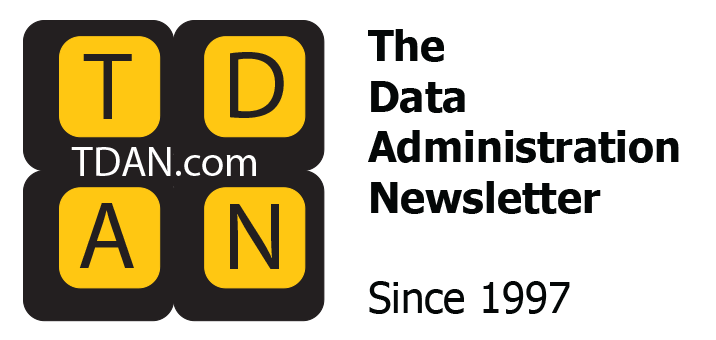
Marketers missed the real story while they scrambled to rebuild audience targeting without cookies: LLMs weren’t just changing how we write. They were rewriting the rules of how we understand consumer behavior online.
The death of the third-party cookie was supposed to kill behavioral targeting. Instead, it’s about to become a lot smarter.
The New Era of Targeting Intelligence
We’re entering the LLM era. Models like GPT-5 can read beyond keywords to grasp nuance, tone, sentiment, and intent. They don’t just parse text. They interpret it much like a human would. This changes everything about how we identify and reach valuable audience segments through digital advertising and across social media platforms by understanding user behavior at a much deeper level.
Traditional systems see someone reading “Best Laptops for Remote Work in 2025” and flag “laptop keywords.” An LLM can scan the same post and instantly recognize high commercial intent without hand-coded rules or static keyword lists. This deeper understanding enables more personalized ads and personalized experiences that are aligned with the individual’s real-time needs and interests, greatly improving user experience and campaign efficiency while boosting conversion rates.
LLMs precision extends to even the most challenging targeting scenarios. Reaching high-value B2B buyers, who are small but influential audiences, has traditionally required expensive, manual segmentation. Now LLMs can easily identify these decision-makers by analyzing their consumption of specialized content, making marketing campaigns more targeted and effective.
How LLM Targeting Actually Works
LLMs remove the need for rigid taxonomies that have constrained targeting. Instead of hard-coded rules about which terms or domains signaled intent, LLMs perform real-time content classification across multiple dimensions:
- Intent layering – An LLM analyzing someone reading startup funding strategies versus “how to quit your job” distinguishes between an entrepreneur seeking growth capital and someone planning a career change, then can layer behavioral data like time spent, sharing activity, and follow-up searches to refine intent scoring.
- Segmentation – LLMs create fluid audience segments that adapt in real-time rather than static audience buckets.
- Contextual Understanding – LLMs are able to detect sentiment, urgency, and skepticism that keyword systems miss entirely.
By using advanced machine learning algorithms and predictive analytics, these models continuously improve, making each subsequent ad campaign more efficient and accurate.
The Competitive Moat Will Be Hard to Cross
As LLM-powered targeting matures, the advantage will increasingly favor platforms that control both the intelligence layer and the underlying data. In turn, this will create a compounding effect; better data trains smarter models, which then attracts more consented users, which generates richer behavioral signals.
Competitors without first-party data at scale will find it nearly impossible to replicate results, no matter how advanced their models. Over time, the gap between leaders and laggards will widen. Not because the algorithms are inaccessible, but because the data ecosystems feeding them are locked down, proprietary, and constantly enriched.
The Performance Advantage
These deeper insights can sharply improve campaign results, and early adopters are already seeing meaningful improvements. McKinsey research shows that companies investing in artificial intelligence are achieving revenue uplifts of 3 to 15 percent and sales ROI improvements of 10 to 20 percent.
In addition, marketers using generative AI for personalized content, personalized ads and marketing automation are creating tailored campaigns an incredible 50 times faster than manual methods, enabling unprecedented precision in targeting and execution across all forms of behavioral advertising.
The near-term winners will be platforms that unite three elements:
1. LLM intelligence
2. Consented, first-party data at scale
3. Privacy-by-design infrastructure
This convergence is already reshaping the industry. Machine learning models are analyzing behavioral data across millions of consented profiles to deliver stronger ROI, more accurate audience models, and better customer engagement, all without compromising data privacy or user privacy.
The Road Ahead
The window for competitive advantage is narrowing rapidly. Marketing leaders should adapt immediately.
As new standards take shape and LLMs become the primary gateways to the open web, these same leaders will leverage persistent identity data and cross-channel signals, combined with LLM-powered targeting, to reach ideal audiences both inside LLM environments and across other channels.
Audit your targeting stack, evaluate LLM-powered alternatives, and partner with providers who combine AI capabilities with first-party data at scale. Acting early will deliver outsized gains in performance and customer experience.
Key Takeaways
LLMs are revolutionizing behavioral targeting by interpreting user behavior and customer behaviors with human-like precision. This shift empowers marketers to build dynamic audience segments and launch smarter marketing campaigns fueled by real-time behavioral data and predictive analytics. These innovations enable highly personalized experiences and behavioral advertising that improve conversion rates, strengthen customer engagement, and elevate overall user experience. The key to success lies in combining advanced AI with robust first-party data, privacy-by-design frameworks, and strategies that respect data privacy and user privacy. As social media and other digital ecosystems evolve, early adopters will gain a decisive edge by executing more effective, privacy-conscious targeting at scale.
